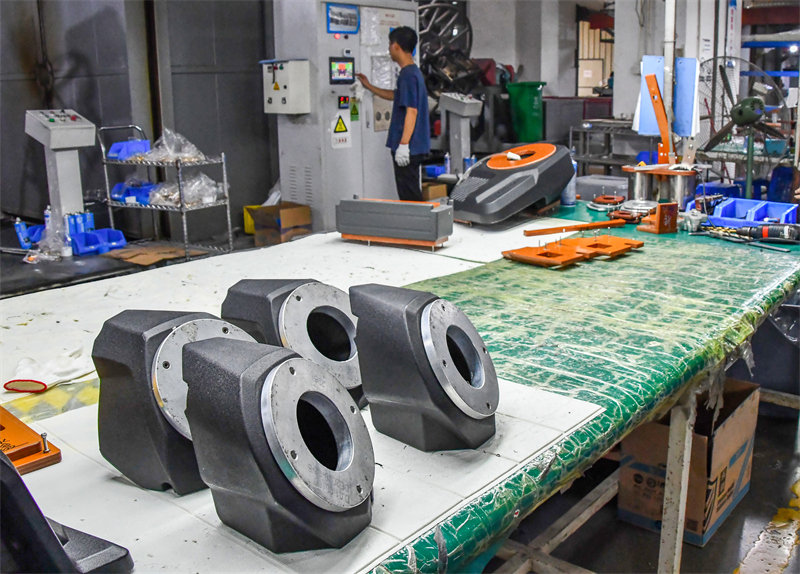How to Incorporate Threads into Rotomolded Products
 Mar 29,2024
Mar 29,2024

How to Incorporate Threads into Rotomolded Products
Rotomolding is a popular plastic molding process that offers numerous benefits, including cost-effectiveness, durability, and the ability to create complex shapes. One aspect that often intrigues designers and engineers is the integration of threads into rotomolded products. Threads are commonly used to enhance functionality, provide a secure fit, or facilitate assembly. This article will discuss the various methods to incorporate threads into rotomolded products and the considerations to keep in mind during the design and manufacturing process.

1. Designing the Threads
Before the rotomolding process begins, it is crucial to design the threads accurately. The thread design should consider factors such as pitch, depth, and profile. The pitch determines the distance between threads, while the depth refers to the vertical distance from the crest to the root of the thread. The profile includes the shape of the threads, which can be either square, triangular, or rounded.
2. Selecting the Thread Type
Choosing the most suitable thread type is vital for the seamless incorporation of threads into rotomolded products. Common thread types include Acme, square, and triangular, each with its distinct advantages and suited for varied applications. The decision regarding thread type hinges on factors like the intended load-bearing capacity, torque requirements, and the expected lifespan of the product.
3. Creating a Threaded Insert
One approach to realizing threads in rotomolded products is through the use of threaded inserts. These are metal or plastic components that are placed within the mold and extend into the molten plastic during rotomolding. Once the plastic solidifies, the threaded insert provides the necessary threads for the product. This technique ensures precise thread control and is ideal for applications calling for high-precision threads.
4. Using a Threaded Mold
An alternative method involves designing a mold with threads integrally carved into the mold cavity. This requires a specialized mold that features threads directly onto it. As the plastic is rotomolded around the mold, it adopts the shape of the threads. Although this method is more intricate and costly, it offers enhanced design flexibility and simplifies manufacturing.
5. Threads in the Mold Cavity
A less conventional method entails forming threads within the mold cavity itself. This is accomplished by incorporating thread inserts or cores made from metal or other robust materials into the mold cavity. These inserts or cores are positioned inside the cavity, and as the plastic rotomolds around them, it takes the form of the threads, resulting in a threaded rotomolded product.
6. Considerations for Rotomolding with Threads
When incorporating threads into rotomolded products, certain factors must be carefully considered. Primarily, the threads must be designed to withstand the forces they will experience during usage, including tension, compression, and shear. Secondly, galling, which is caused by friction-induced thread wear, must be prevented by selecting appropriate materials and applying lubricants during rotomolding. Lastly, the threads should be designed to ensure a secure fit and proper assembly with other components.
The integration of threads into rotomolded products can significantly enhance functionality and provide a secure fit. The accurate design of threads, the selection of the appropriate thread type, and the choice of the method for thread incorporation are critical steps in rotomolding. By taking into account aspects such as thread design, material selection, and manufacturing methods, engineers and designers can successfully create rotomolded products featuring high-quality, durable, and functional threaded elements.
 Tel: 0086-13632687993
Tel: 0086-13632687993  Email: roto@lightvenus.com
Email: roto@lightvenus.com

 Home
Home What are the Kiss-off Ribs and Discrete Ribs in Rotational Molding
What are the Kiss-off Ribs and Discrete Ribs in Rotational Molding  You May Also Like
You May Also Like



 Tel
Tel
 Email
Email
 Address
Address








